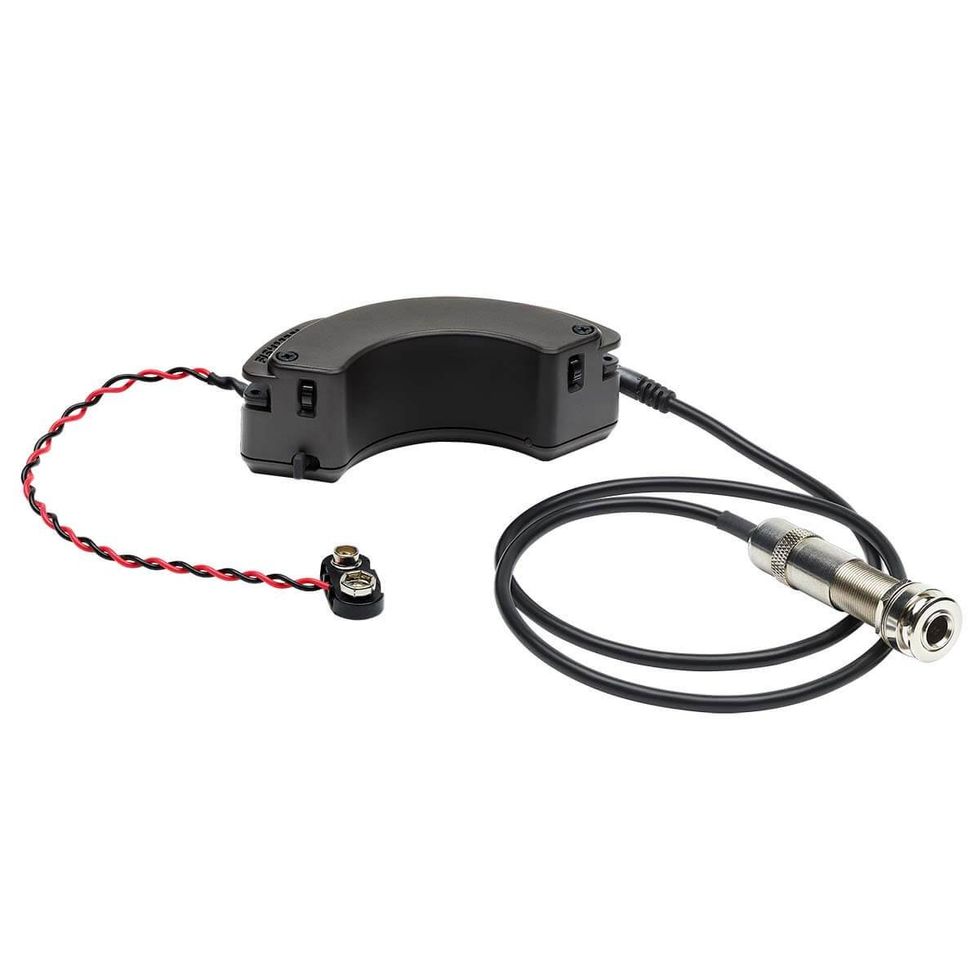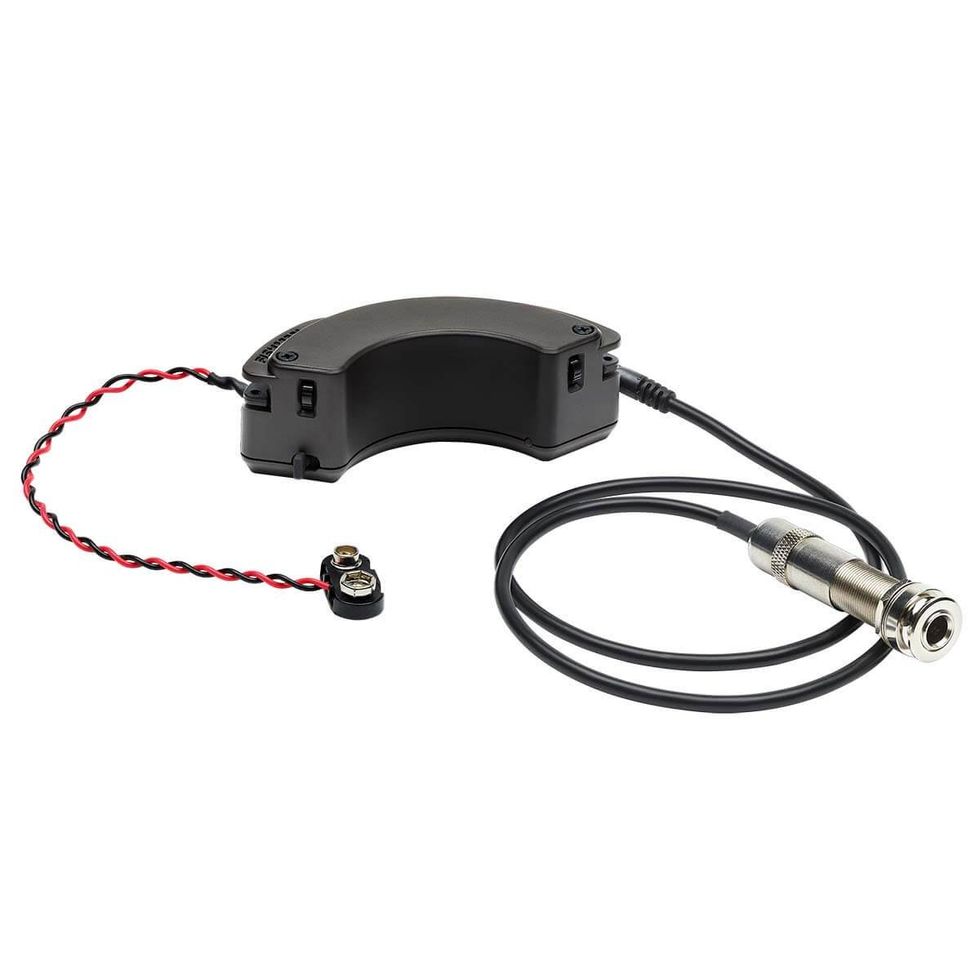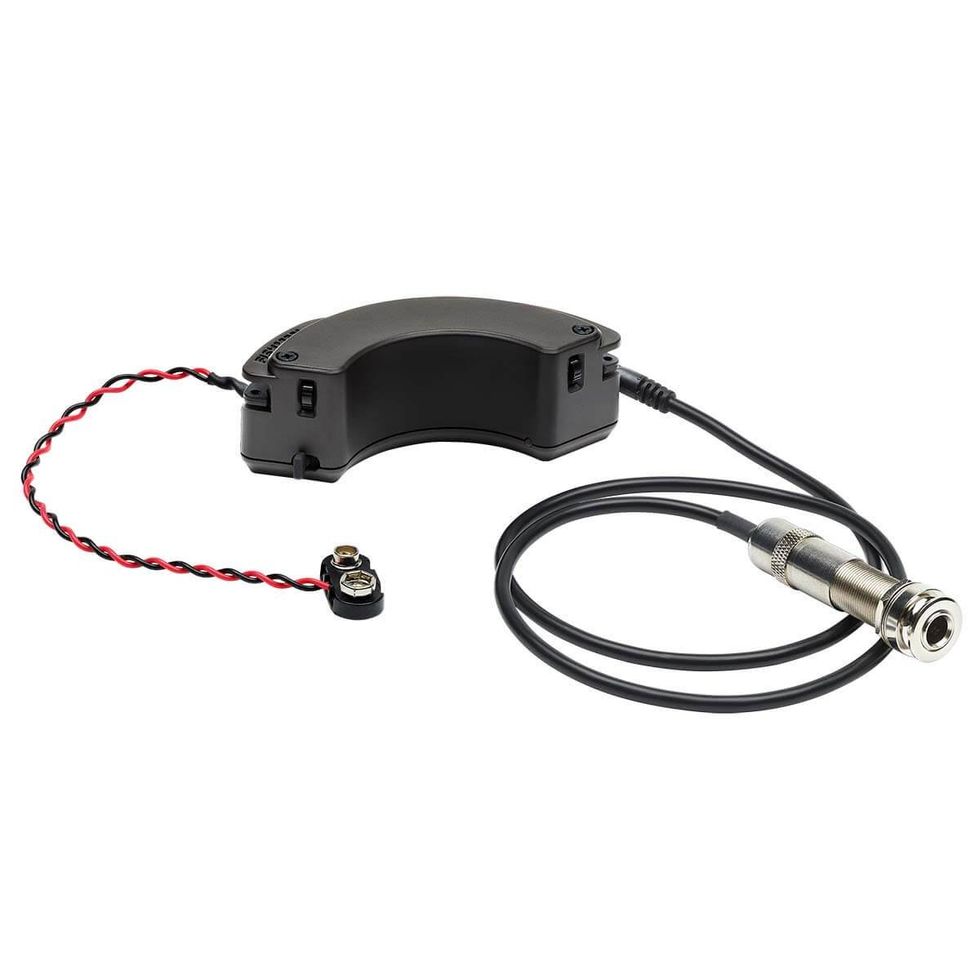If reverb was actually worth something, you would have to pay for it and not have it come free with your amp! Unless you’re Dick Dale or the Ventures, the idea of using reverb when you track your guitar is a crime worthy of punishment by death! So many of the “big” sounding records throughout recording history have been tracked dry in the deadest of dead rooms with effects added in the mix later, or a room was carefully picked for its ambient quality—like U2 did choosing Slane Castle to track The Unforgettable Fire album. In either case, the guitar is still tracked dry and often a room mic is added to pick up the sound of the space.
It’s so easy these days with most music being referenced through iPods and earbud headphones to really delve in and analyze the room sounds on most any given recording. When you do, it becomes obvious that most of the biggest sounding guitar tones have a relatively small ambient room sound mixed into the background. It really makes sense when you think about it. If you put your amp into a gigantic cave and play, it’ll sound distant and washed out, much like it does when adding reverb. If you take that same rig and put it in the guest bathroom under the stairs at your mom’s house without touching a knob, that amp will sound huge and loud. And if you can capture the sound of that room with a separate mic, you’ve got yourself a big sounding guitar!
Although the trend has moved toward capturing a livelier room, there was a time when the deader the room, the better it was to record in (the idea being that you can always add a room sound electronically but you can never remove an existing room sound once it’s been tracked). While tracking back in the seventies, painstaking efforts were made to create the ultimate “dead” room to record drums and guitar, with the intent to add the room sound desired later. It was an interesting time for recording. Unless you were doing a really monumental project, you would pay high bucks to a local studio to have them totally kill your much-loved tone… and tell you that’s the way it’s supposed to sound if you want it to be good. Thus the phrase “We’ll fix it in the mix” was born! Even then, it was taboo to dial in your amp ‘verb while tracking. Once you have committed reverb to tape there’s no removing it. It also makes a clean punch-in virtually impossible—the punch spot will always be given away by the overhang of the ‘verb.
Don’t get me wrong; reverb can be a cool tool, too. Along with the Fender Telecaster and Fender Showman amp, it was the basis for the surf sound in the sixties. No one found a better use for reverb than the King of the Surf Guitar, Dick Dale. For me, however, unless I’m playing surf music, I’ve always found that adding reverb pulls your direct signal back and impairs the attack and punch of you guitar sound. I will use the slightest bit of digital reverb live, but only because with ear monitors you’re creating an environment that is pumped directly into your ears with the surrounding room sound blocked out. It’s virtually inaudible with the rest of the band playing. I won’t use it on any of my harder drive tones because it does wash out the “whack” that you want when you kick into full throttle electric guitar mayhem. Instead, I’ll add a little delay to wet the signal a bit. A perfect example of how to use delay to liven your sound can be found on Joe Satriani’s Live From San Francisco CD. I don’t think anyone uses delay better live than he does. You can pretty much pick any cut on that CD to hear delay perfection, but a couple of my favorite cuts to listen are: “The Crush Of Love” and “Satch Boogie.”
Most studios I’ve worked in will add reverb that doesn’t commit to track; it gives you a sense of space that helps you track with confidence. So the next time you’re called in to do an important session, show them what a pro you are. Have your gear ready and working right, show up with an assortment of guitars for different tones and styles, have fresh strings on those axes—and kill the reverb from your effects loop!
Keep Jammin’!
Rich Eckhardt
Rich Eckhardt is one of the most sought after guitarists in Nashville. His ability to cover multiple styles has put him on stage with singers ranging from Steven Tyler of Aerosmith to Shania Twain. Rich is currently playing lead guitar with Toby Keith. His album Soundcheck is available now, with another due this summer.
richeckhardt.com







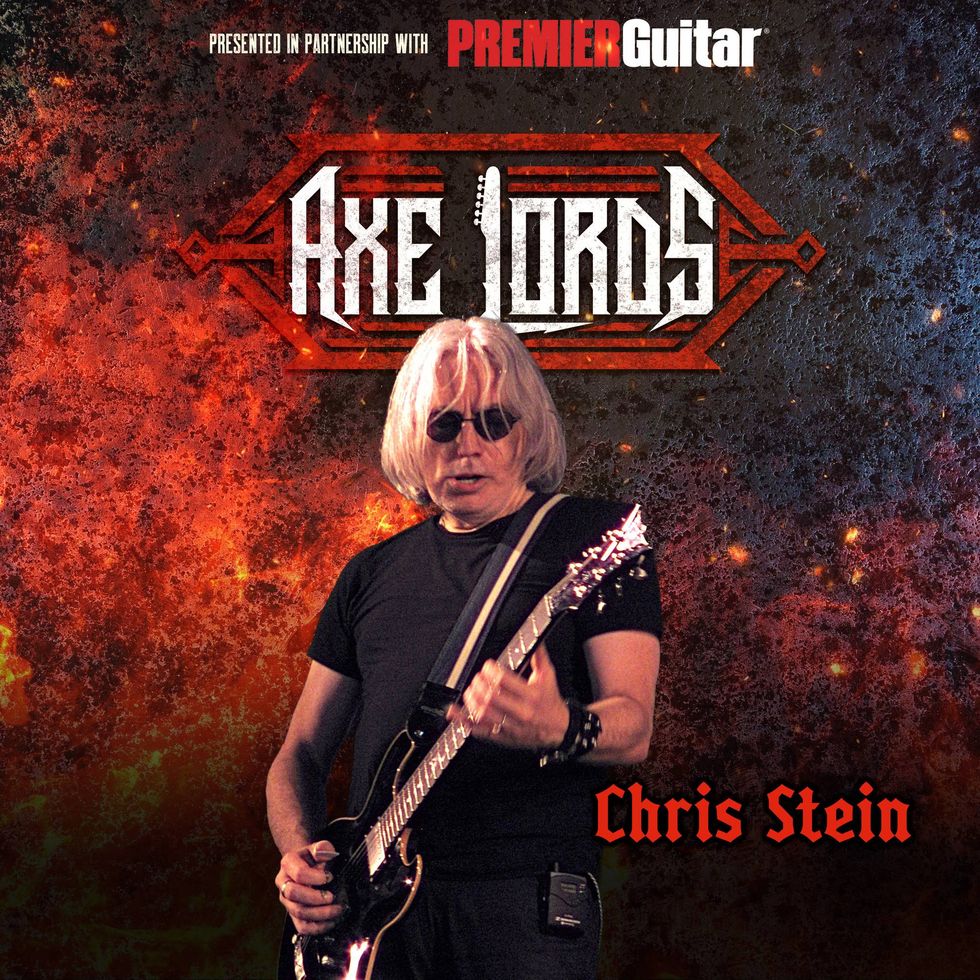
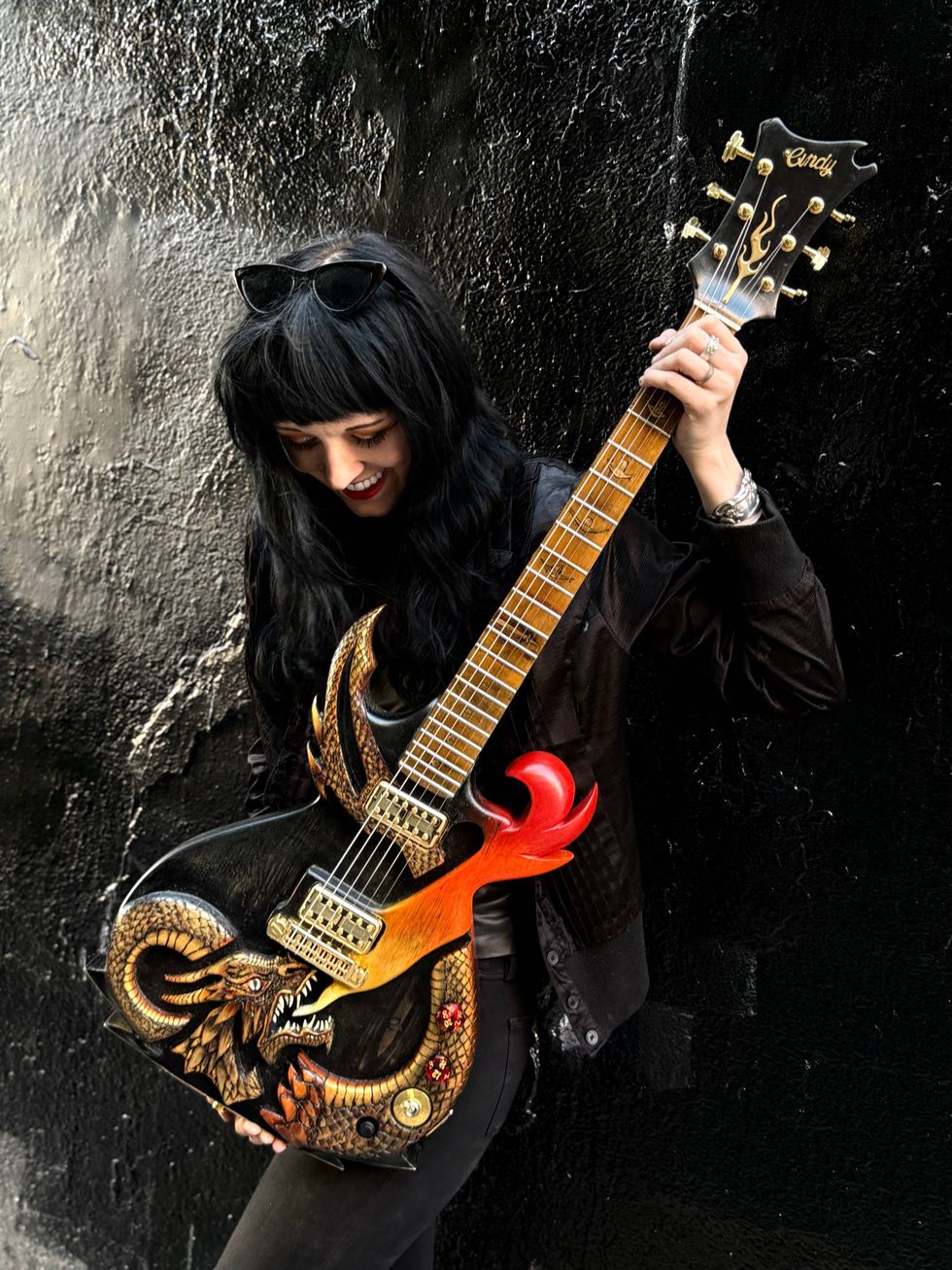


![Rig Rundown: Russian Circles’ Mike Sullivan [2025]](https://www.premierguitar.com/media-library/youtube.jpg?id=62303631&width=1245&height=700&quality=70&coordinates=0%2C0%2C0%2C0)





